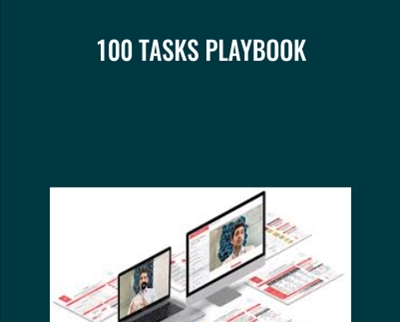 Learn about the ebb and flow of cuisine cycles, from complexity to simplicity and back again.
Learn about the ebb and flow of cuisine cycles, from complexity to simplicity and back again. Discover why only some historic cookbooks focused on recipes.
Discover why only some historic cookbooks focused on recipes. Learn how cuisine has been influenced by trade and travel throughout the ages.
Learn how cuisine has been influenced by trade and travel throughout the ages.
Does the fact that we depend on very exact, almost scientifically rigid recipes make us great cooks—or does that take the fun and creativity out of the whole experience? What was cooking like before the internet, before meat thermometers, grocery stores, and internationally standardized measurements? And more importantly, who were these cooks of the past and who did they cook for?
In Cooking across the Ages, award-winning Professor Ken Albala of the University of the Pacific takes us on a fascinating international journey through civilizations across the ages—showing us who we were, how we lived, and why—through the lens of cooking. In 24 fascinating lectures, you will learn:
- About the values and flavor preferences of ancient peoples, in addition to the labor that went into their daily tasks;
- How regional foods in the Middle Ages reflected travel and trade among Mediterranean peoples;
- How regional foods in the Renaissance reflected unique relationships between far-flung nations;
- Who turned to cookbooks for medical and romantic advice and why; and
- Why mid-century Americans idealized canned foods as the height of luxury.
But in addition to learning about this history, you’ll have the opportunity to taste it and smell it, exploring cuisines of the past through a type of gastronomic time travel as Professor Albala prepares dishes and illustrates techniques in each lecture. Throughout the 24 lectures as he cooks, Professor Albala welcomes you into his own home kitchen, a cozy place where he encourages you to relax, experiment, and shed any gastronomic insecurities at the door.
Through the Pages of Cookbooks
For the vast majority of human history, learning to cook was accomplished in the kitchen, through observation and practice. As Professor Albala explains, cookbooks may not always be the best tool for learning how to cook, but they are an excellent entryway for discovering the tastes and values of earlier cultures. Our modern tools and techniques have distanced us from the textures, aromas, and flavor combinations that were very much loved in the past and just wouldn’t occur to us today.
In addition to cooking these recipes from the past, you’ll learn to explore the cookbook itself as a subject of historical study. Whether it comes from a painted palm leaf, a vellum manuscript inscribed with a quill and ink, or an internet website, Professor Albala shows you the impact of our ability to pass recipes and techniques across generations. When cookbooks came into being, they were able to transmit information to an audience beyond one kitchen. That information was often about much more than how to cook. Even stains left behind on a recipe can teach us something about cooking—and living—in the past.
Among the many cookbooks explored in Cooking across the Ages, you will discover the secrets of:
- The Art and Craft of a Master Cook. Known as the Opera, and published in 1570 by renowned papal chef Bartolomeo Scappi, this was the first illustrated cookbook. In addition to recipes, this encyclopedic tome included full menus and described dishes for every ingredient known at that place and time.
- Soopa Shastra. Contemporaneous with the Opera, this book was published a world away in the current state of Karnataka, India. Commissioned by a local magnate, it was written on palm leaf paper in the classical Kannada language in 358 stanzas and filled with a limited range of local ingredients.
- Recipes from the Garden of Contentment. This exceptional book was written by the great 18th-century Qing Dynasty poet Yuan Mei. After having worked his way up into a high position in the Imperial administration, Yuan Mei turned his back on it all to travel, contemplate cooking, and tend his garden—before writing this classic of Chinese gastronomy.
- American Cookery. Published in 1796 in Connecticut and New York in two separate editions, this book is considered the first truly American cookbook. Its author, Amelia Simmons, said the book was written for cooks of all social classes, from elegant households to the most humble farmer, showing the democratizing spirit of America in its cuisine.
While these cookbooks can give us a glimpse into the ingredients and techniques of the past, they can also tell us a lot about the places they came from, what people looked for in the foods they prepared, and how cuisine has changed over the centuries.
Not in Your Pantry?
Not surprisingly, some of the ingredients used in these centuries-old cookbooks might not be in your pantry. Some have become extinct—such as silphium, a favorite seasoning in Roman times. Others are proteins that seem shocking because we just don’t eat them now, including crane, dormouse, flamingo, hedgehog, ostrich, porpoise, and swan, to name a few.
Some ingredients in these books might be difficult to find at your local supermarket, but the internet has made them much more accessible. Many can be found at smaller, specialized shops and international markets. When necessary, Professor Albala offers alternatives while also teaching you about the way the original ingredients can open up a door to the past. From asafetida to zander, here are a few ingredients you might not have in your personal pantry … yet:
Get TGC – Cooking across the Ages download
- Asafetida, a gum extract and pungent yellow powder, used most often in Indian cooking;
- Garum, a fermented fish sauce that was extremely popular during Roman times, usually made from small fish that were left to ferment for months;
- Grains of Paradise, also known as melegueta pepper, originated on the west coast of Africa and was once commonly used throughout Europe;
- Jujubes, an Asian fruit that tastes similar to the dates we’re familiar with when dried, but not as sweet;
- Mandioca flour, made from the cassava root and native to South America, used in all forms of Brazilian cooking today;
- Pennyroyal, a minty herb that reached its height of popularity in the Middle Ages, and was also used to kill fleas and treat skin disease, among other ailments; and
- Zander, a fish that has been enjoyed by Russians for centuries.
With Professor Albala’s welcoming attitude, easy-to-follow directions, and warm sense of humor, you’ll find yourself cooking with these ingredients and more—and enjoying wonderful foods from across the globe and across the ages. From a tasty bread salad of ancient Rome to the poured chocolate of the Aztecs, from a delicious German cabbage of the 19th century to Indian jackfruit soup, with Cooking across the Ages, you’ll get a taste of history like you’ve never experienced before!
24 lectures
| Average 32 minutes each
-
1Understanding Culture through Cooking
-
2Ancient Rome: Cooking with Apicius
-
3Imperial China: Soybeans and Dumplings
-
4Medieval Egypt: Chickpeas and Phyllo Dough
-
5Feast like a Viking with Meat and Beer
-
6Medieval France’s Touch for Sugar and Spice
-
7Renaissance Italy’s Sweets and Pasta
-
8Crafting Aphrodisiacs from the Renaissance
-
9Aztec Tortillas and Chocolate
-
10Papal Rome: Meat Rolls and Eggplant
-
11Dining with Don Quixote in Imperial Spain
-
12Portugal and Japan: Cakes and Katsuobushi
-
13Vegetarian India: Jackfruit and Rice
Explore the ethical vegetarianism of the Jain people in 16th century Kallahalli, today’s southwestern India. As reflected in recipes from the Soopa Shastra, a cookbook commissioned by the local magnate of the area, the Jains used fresh, local ingredients to their best advantage. Learn to cook a stuffed cake, tamarind rice, eggplant, plantain, and a jackfruit soup.
-
14The Birth of French Haute Cuisine
-
15Post-Puritan England: Hippocras and Cookies
-
16China’s Last Dynasty: Elegant Simplicity
-
17Early America: Johnnycake and Pumpkin
-
18The French Canadian Tourtiere Meat Pie
-
19Victorian Working-Class Meals
-
20Imperial Germany’s Cabbage and Sauerbraten
-
21Imperial Russia’s Piroshki and Coulibiac
-
22Brazil and West Africa: Black Bean Stew
-
23America’s Can-Opener Cookbook
-
24The Foodie Era: Cooking with the World
Below is Proof content:
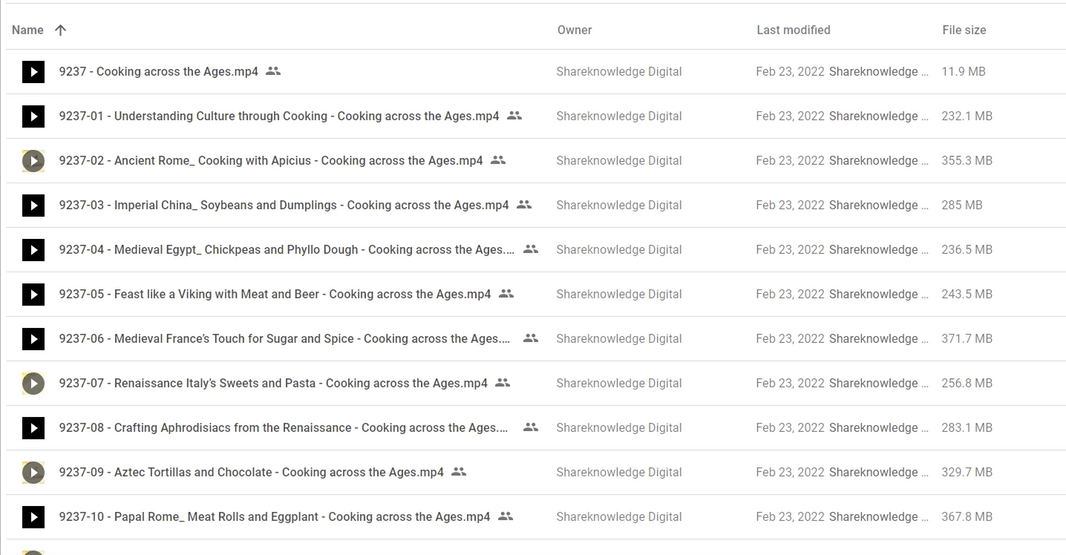
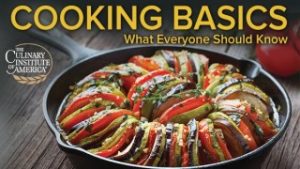
![GBesy [GB] GBesy [GB]](https://www.gbesy.com/wp-content/uploads/2023/05/gbesy-Logo-full-100.png)
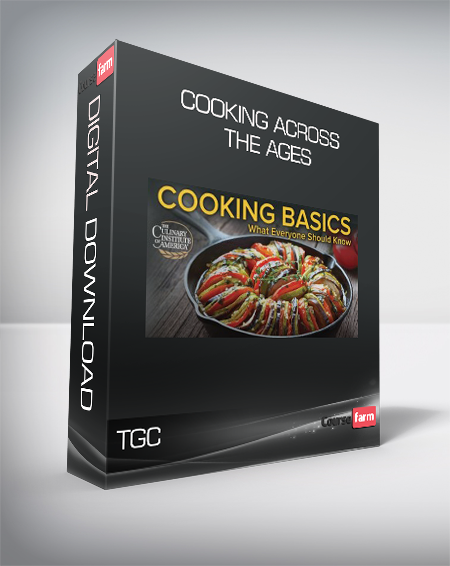
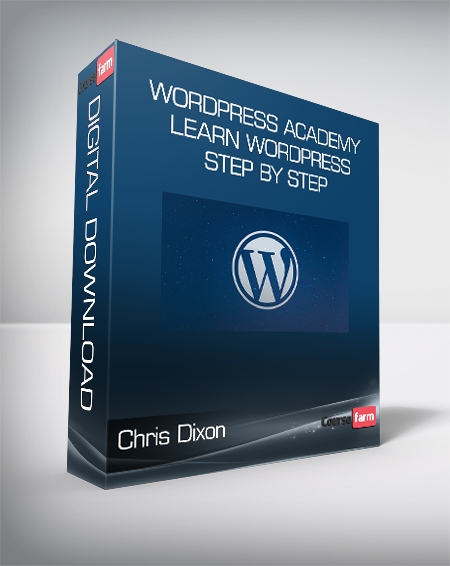
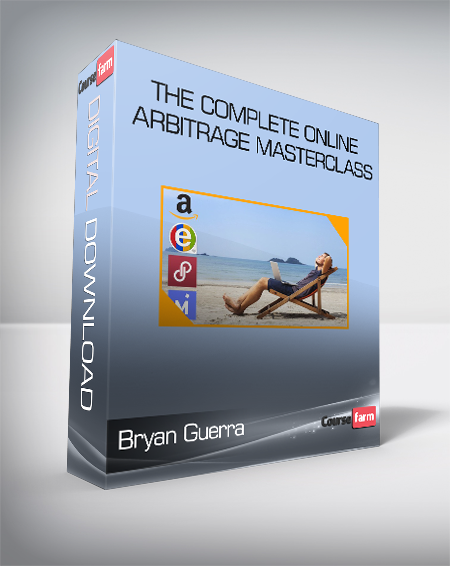
 Purchase this course you will earn
Purchase this course you will earn 



